In a study conducted in 2019, the Mental Health Foundation in Great Britain surveyed over 1000 teenagers aged 13 to 19 about their body image. Here is what they found :
- One third (31 percent) of teenagers felt ashamed of their body.
- Four in ten teens (40 percent) said images on social media had caused them to worry about their own body image.
- Four in ten teenagers (40 percent) said things their friends have said have made them worry about their body image.
Basically, that equates to millions of teenagers worrying about their physical appearance and questioning their body image on a regular basis. This often leads to mental health problems of anxiety, depression, eating disorders, and thoughts of self-harm.
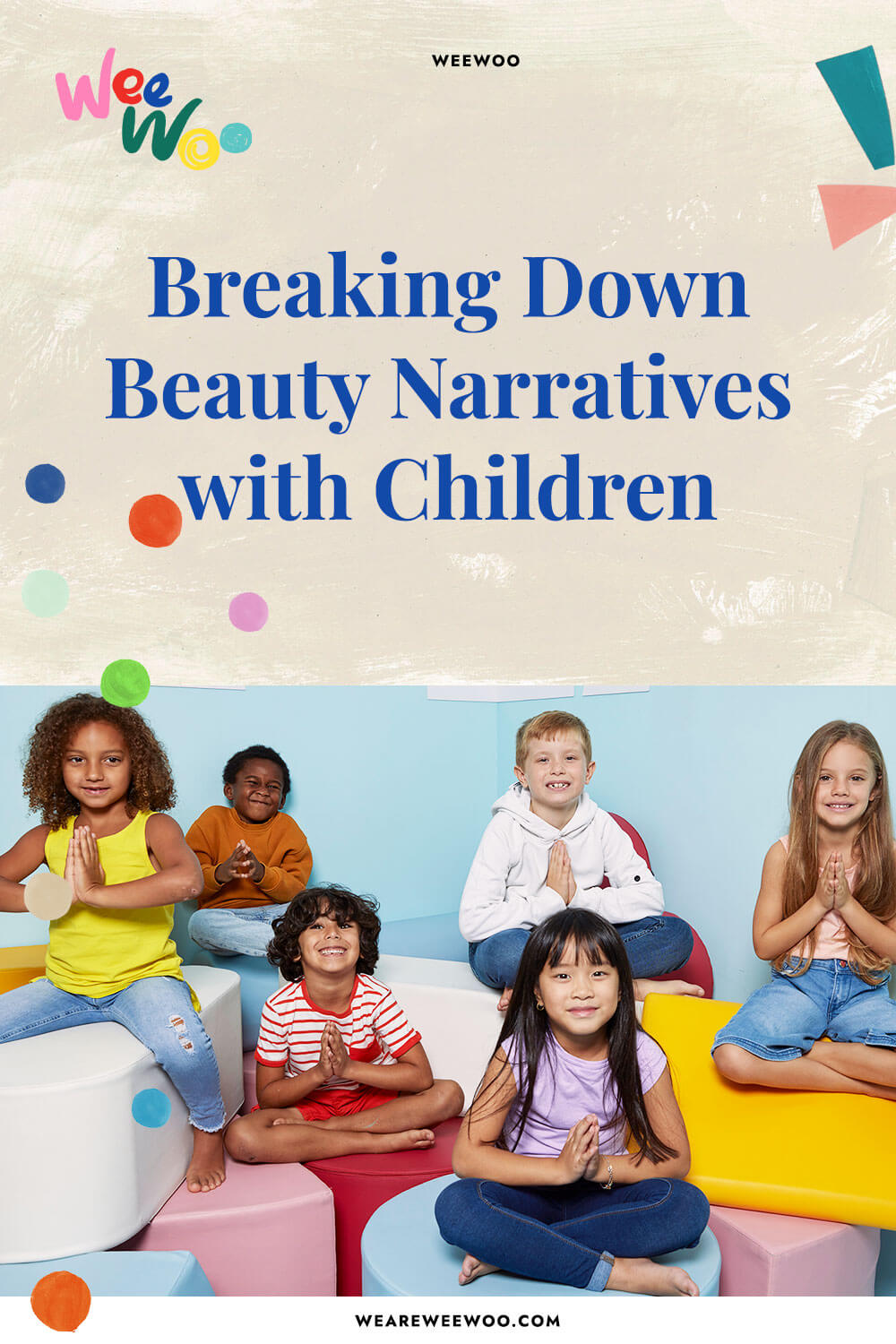
One way, as parents and caregivers and educators, we can try to shift these numbers is by planting seeds of self-love and confidence from early childhood.
And to start actively challenging the mainstream “beauty” narratives as we encounter them with our children.
Here are some ways we have found effective :
1. Speak to young children regularly about what they find beautiful.
Help them to expand their definition of beauty beyond physical appearance. Talk to your kids regularly about how beauty comes from the inside. About how real beauty is connected to being a kind and compassionate person in the world. We do this in Episode 5 of our WeeWonna Talk Podcast.
2. Don’t ignore society’s influence. Speak directly to it.
It’s tempting to want to shield our children from the negative influence of beauty culture in today’s modern world. However, exposure to this is inevitable and our role as parents isn’t to ignore or deny this. But notice when it comes up and use each exposure as an opportunity to talk to our children.
As an example, when I was living in India, I (Deborah) was absolutely astounded by how many commercials I saw on TV advertising skin-lightening creams.
When you see these kinds of messages with your child, don’t ignore them or turn the TV off. Instead, start an honest and mindful conversation immediately.
Here’s an example of what you could say to open dialogue with your child :
“You see what they are doing here? They are trying to tell us that beauty is connected to the color of our skin. But we know this isn’t true. We know that beauty comes from inside. We know that light skin is beautiful. And we know that dark skin is beautiful.
Some people think that lighter skin is better and people are even harmed or treated unfairly if they have dark skin. Isn’t that terrible? We are here, in this world, to change that. To notice our differences, and stand up when people are treated unkindly.
Do you know what makes skin darker? It’s something called melanin. Some people have more of it. And some people have less. We all have a different amount and that’s why there are so many shades of skin colors. All shades of skin are beautiful.”
3. Expose your children, on a regular basis to different cultures and speak about the importance of respecting different traditions.
Study, read, and talk about the histories, stories, art, and cultural practices of various ethnic groups. Let your child be curious and ask questions. Help him or her understand that there is even diversity within racial or ethnic groups. All Native Americans, for example, don’t believe the same thing. All white people don’t believe the same thing. All African Americans don’t believe the same thing. Diversity can be found everywhere. And it’s important for children to understand how to respect different cultural beliefs and traditions and to be excited to expand their mind and heart by connecting with all kinds of different people.
4. Be honest. Understand your own bias and conditioning around beauty.
Be careful what you emphasize in everyday conversations with your child and develop mindfulness around how you compliment your child, yourself, and others when it comes to “being beautiful.”
Many of us are challenging the standard beauty narratives and we are starting to see a cultural shift. But we still have a long, long way to go. I gave the example of skin color in this article, but the messages are everywhere — body shape, size, hair texture, fashion, etc.
Let’s stay active in helping our children find and stand up for new and inclusive definitions of beauty. . .while consistently reminding them (and demonstrating to them) that beauty is found inside.
It’s well overdue.

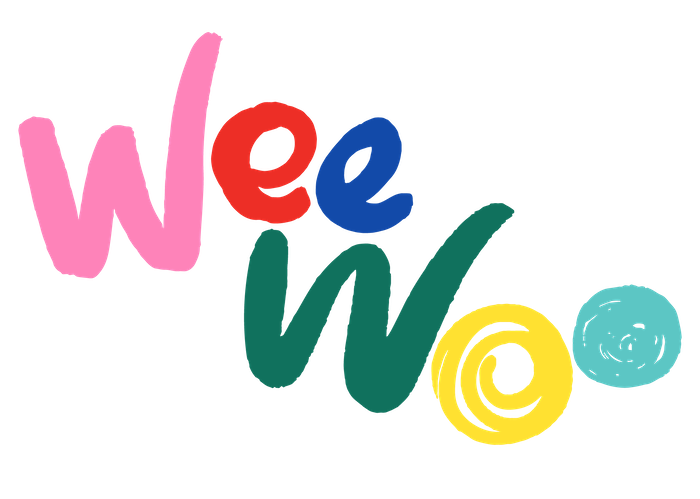

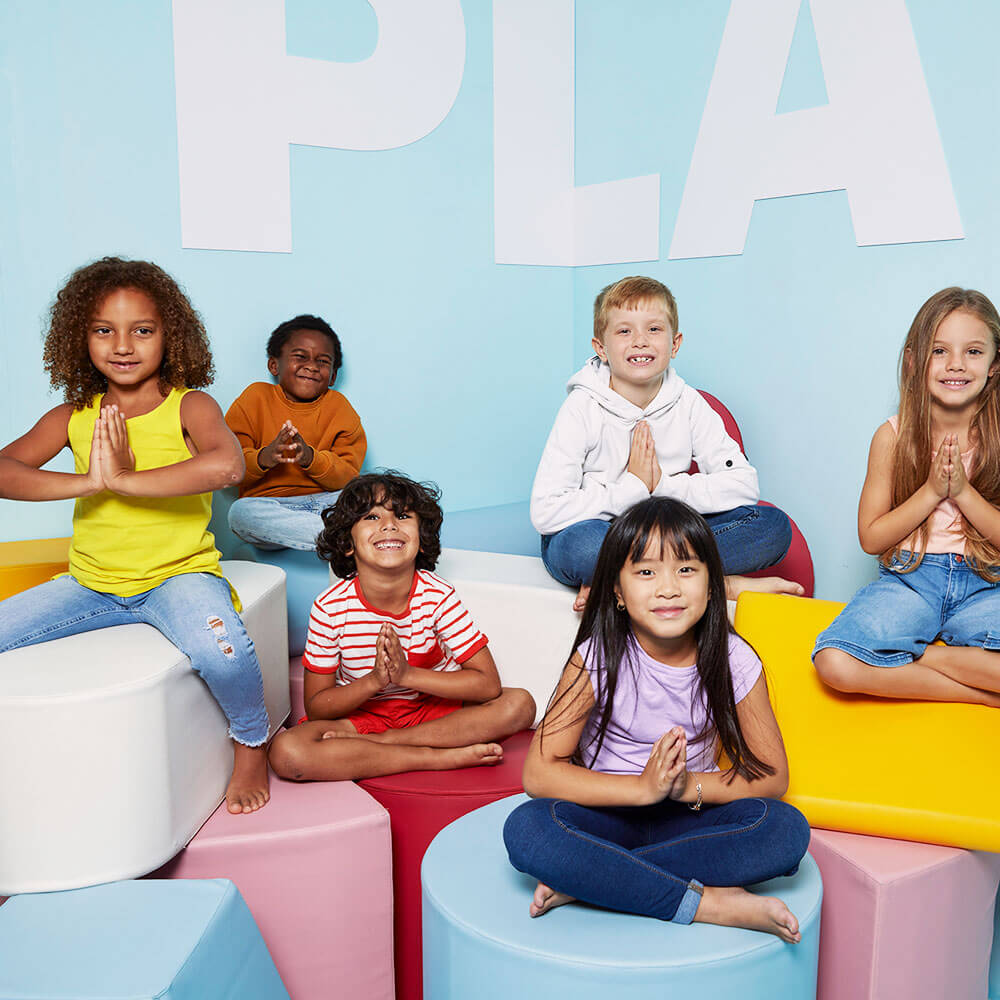


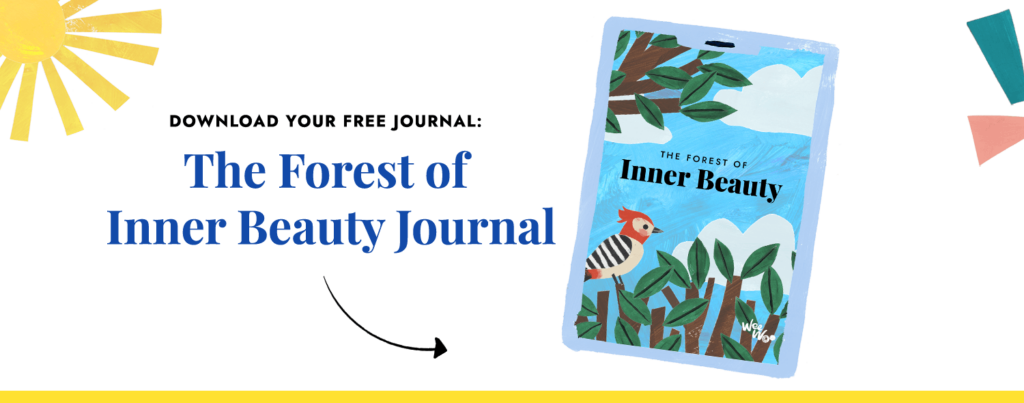
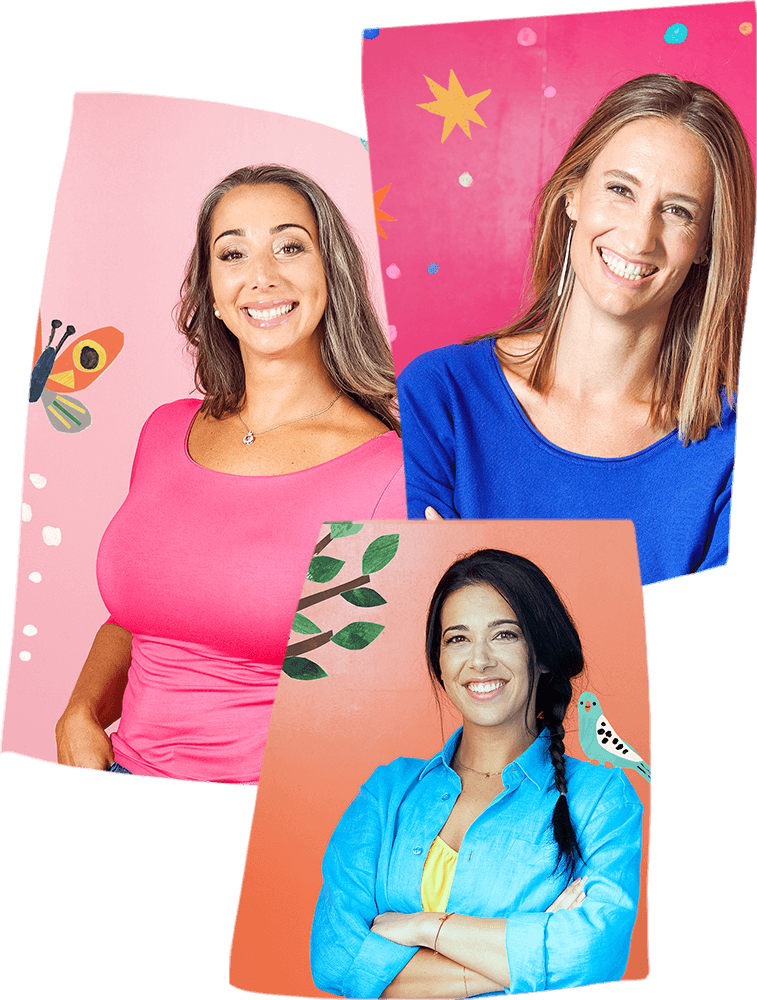
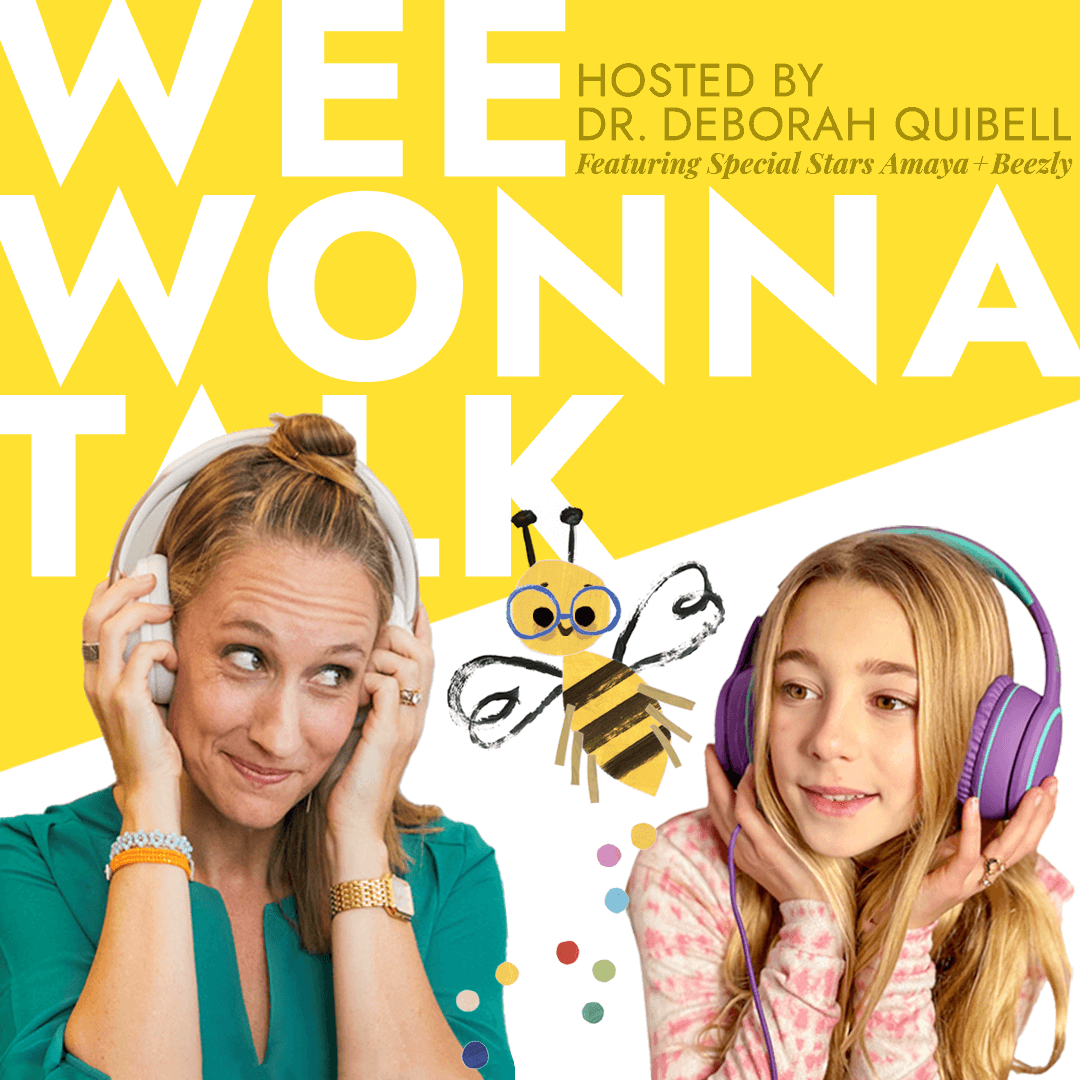
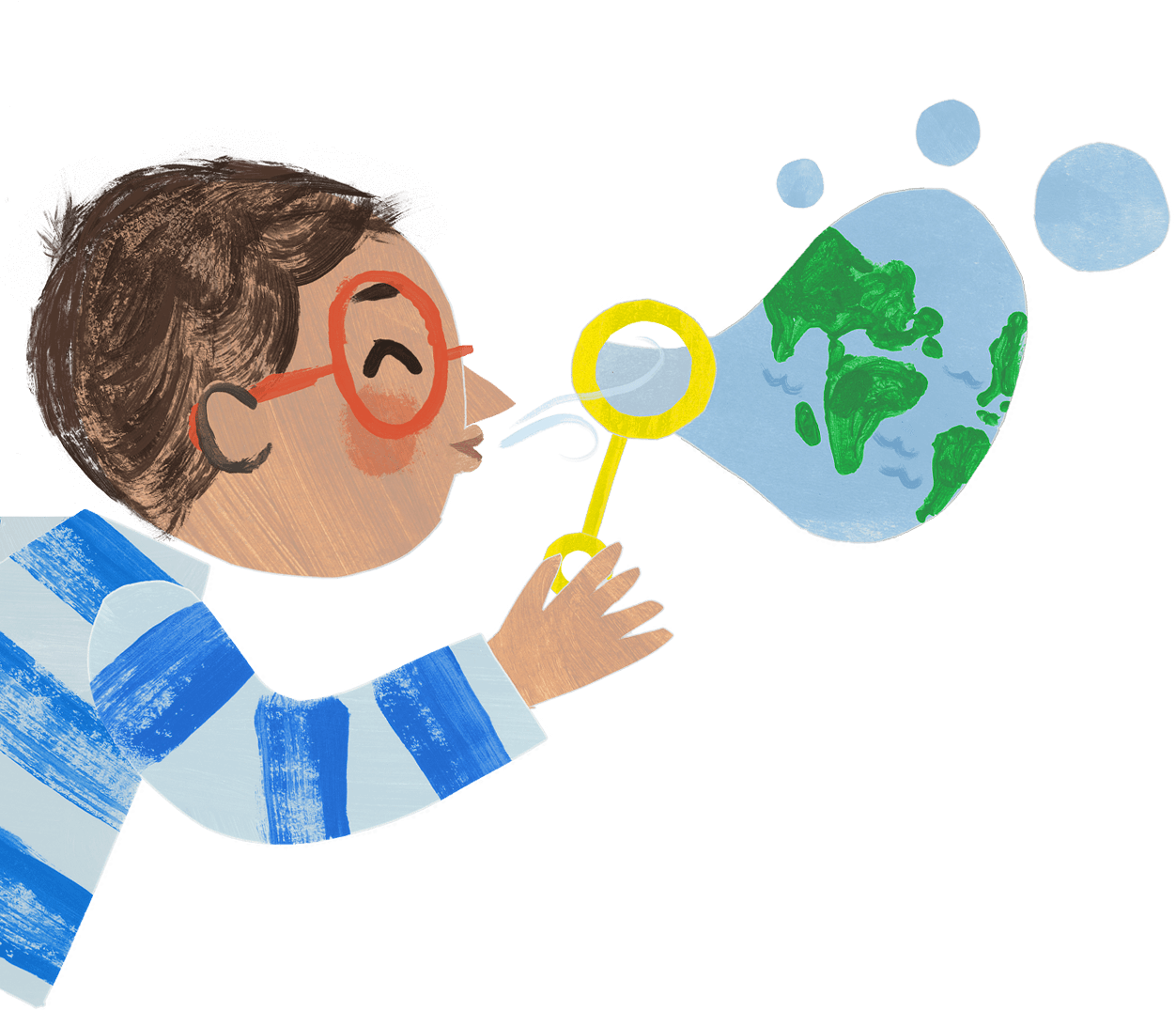
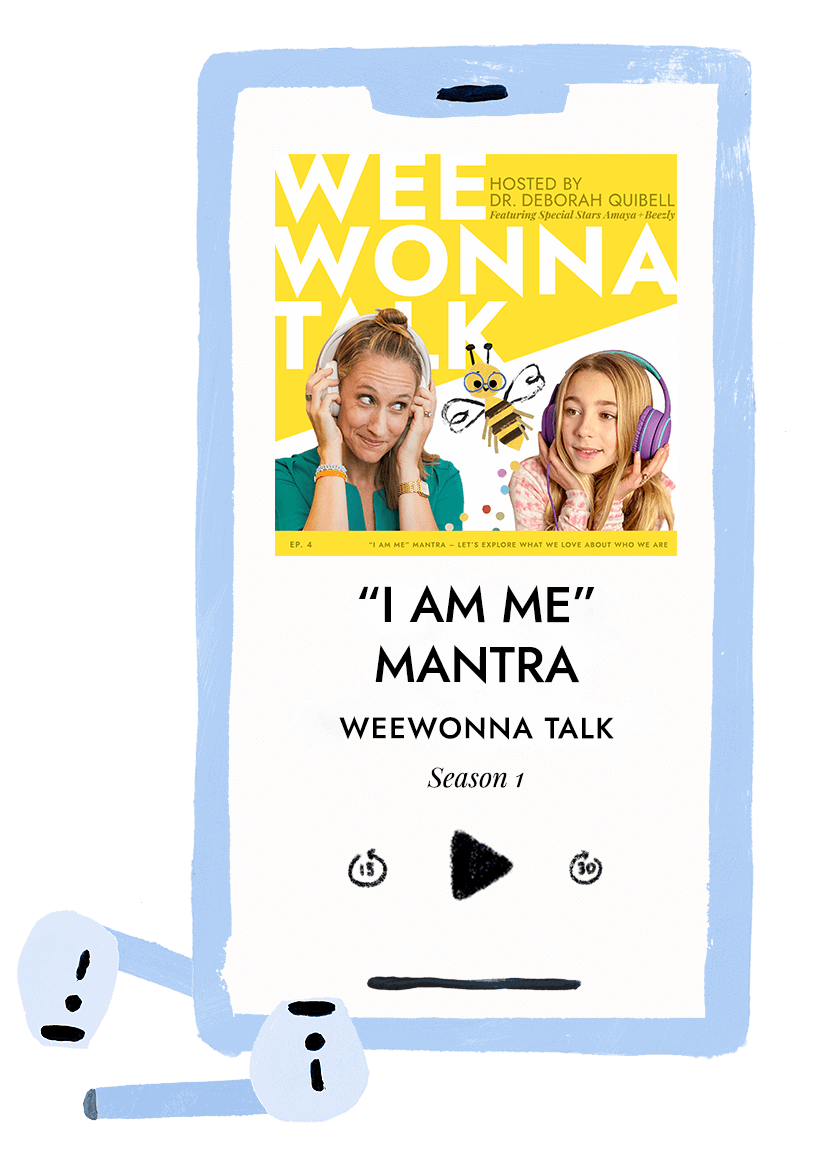
0 Comments